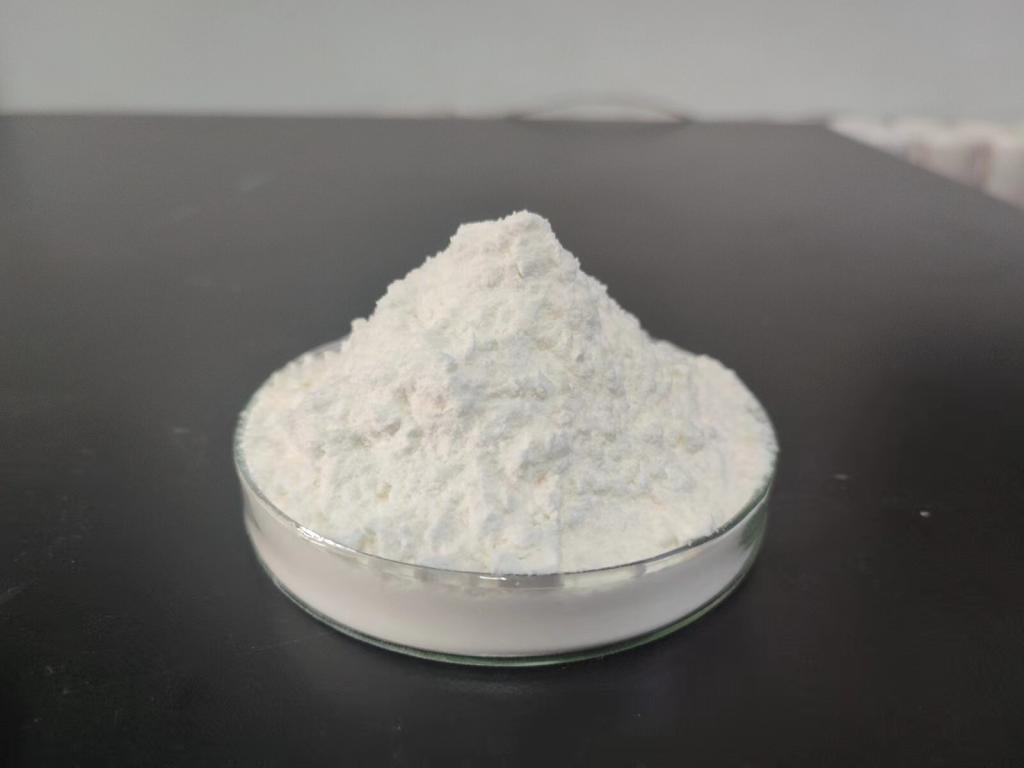Tel:+8618231198596

News
 CONTACT
CONTACT
 CONTACT
CONTACT
- Linkman:Linda Yao
- Tel: +8618231198596
- Email:linda.yao@dcpharma.cn
- Linkman:CHARLES.WANG
- Department:Overseas
- Tel: 0086 0311-85537378 0086 0311-85539701
News
Current Position:
Home >
News
>ε-Polylysine Hydrochloride's Contribution to Eco-Friendly Packaging Solutions.
ε-Polylysine Hydrochloride's Contribution to Eco-Friendly Packaging Solutions.
TIME:2023-10-19
I. The Rise of Eco-Friendly Packaging
Traditional packaging materials, often derived from non-renewable resources, contribute significantly to pollution and environmental degradation. As awareness of these issues has grown, the demand for eco-friendly packaging has surged. Consumers, governments, and industries are all increasingly advocating for sustainable alternatives, leading to a wave of innovation in the packaging sector.
II. Understanding ε-Polylysine Hydrochloride
A. The Nature of ε-Polylysine
ε-Polylysine, a naturally occurring antimicrobial peptide, is derived from microbial fermentation, making it a renewable and eco-friendly resource. It is a polymer composed of lysine, an essential amino acid found in various proteins. Due to its unique structure, ε-Polylysine exhibits strong antimicrobial properties against a wide range of bacteria, fungi, and other microorganisms.
B. Antimicrobial Properties
One of the remarkable features of ε-Polylysine hydrochloride is its ability to inhibit the growth of microorganisms. It disrupts the cell membrane of bacteria, rendering them unable to survive and multiply. This natural antimicrobial action is crucial in preventing spoilage and extending the shelf life of packaged products.
III. ε-Polylysine Hydrochloride in Eco-Friendly Packaging
A. Antimicrobial Packaging
ε-Polylysine hydrochloride is used in antimicrobial packaging, where it is incorporated into films, coatings, and wraps. These packaging materials act as active barriers against harmful bacteria, molds, and yeasts. By inhibiting the growth of these microorganisms, ε-Polylysine helps maintain the freshness and safety of packaged food products without the need for additional preservatives.
B. Biodegradability
One of the significant advantages of ε-Polylysine hydrochloride in eco-friendly packaging is its biodegradability. Unlike many traditional plastics, which can persist in the environment for centuries, packaging materials containing ε-Polylysine naturally break down over time. This reduces the long-term impact on ecosystems and addresses the growing concern of plastic pollution.
C. Reduction in Food Waste
By extending the shelf life of perishable products, ε-Polylysine hydrochloride helps reduce food waste. Food items are less likely to spoil, allowing for longer storage periods and fewer products being discarded due to expiration. This reduction in food waste aligns with global efforts to create more sustainable food systems.
IV. Environmental Impact and Sustainability
A. Reduced Carbon Footprint
The production of ε-Polylysine hydrochloride generally has a lower carbon footprint compared to the production of traditional plastic materials. This reduction in greenhouse gas emissions is a positive step toward mitigating climate change and promoting environmentally responsible practices.
B. Renewable Resource
ε-Polylysine is derived from microbial fermentation, making it a renewable resource. Unlike fossil-based plastics, which deplete non-renewable resources, ε-Polylysine can be produced sustainably, ensuring a continuous supply without exhausting natural reserves.
C. Water and Energy Efficiency
The production process of ε-Polylysine hydrochloride often requires less water and energy compared to conventional plastic manufacturing processes. This increased efficiency minimizes the strain on precious resources and supports a more sustainable production cycle.
V. Challenges and Future Developments
A. Research and Development
Ongoing research and development efforts are essential to improving the properties and applications of ε-Polylysine hydrochloride in packaging. Scientists are exploring ways to enhance its durability, flexibility, and compatibility with various packaging materials to broaden its usage in different industries.
B. Consumer Awareness
Increasing consumer awareness about the benefits of ε-Polylysine hydrochloride and eco-friendly packaging solutions, in general, is crucial. Educating the public about the environmental impact of their choices can drive the demand for sustainable products and encourage further innovations in the field.
C. Collaboration and Regulation
Collaboration between industries, governments, and research institutions is essential to accelerate the adoption of ε-Polylysine hydrochloride in mainstream packaging. Regulatory support and standards can also play a significant role in promoting the development and use of eco-friendly materials like ε-Polylysine hydrochloride.
VI. Conclusion
ε-Polylysine hydrochloride stands as a beacon of hope in the quest for sustainable packaging solutions. Its natural antimicrobial properties, biodegradability, and renewable sourcing make it a frontrunner in the development of eco-friendly packaging materials. As research continues to advance and awareness grows, ε-Polylysine hydrochloride is poised to revolutionize the packaging industry, offering a greener and more sustainable future for generations to come. Through innovation, collaboration, and conscious consumer choices, ε-Polylysine hydrochloride's contribution to eco-friendly packaging solutions will play a vital role in preserving our planet for future generations.
- Tel:+8618231198596
- Whatsapp:18231198596
- Chat With Skype







